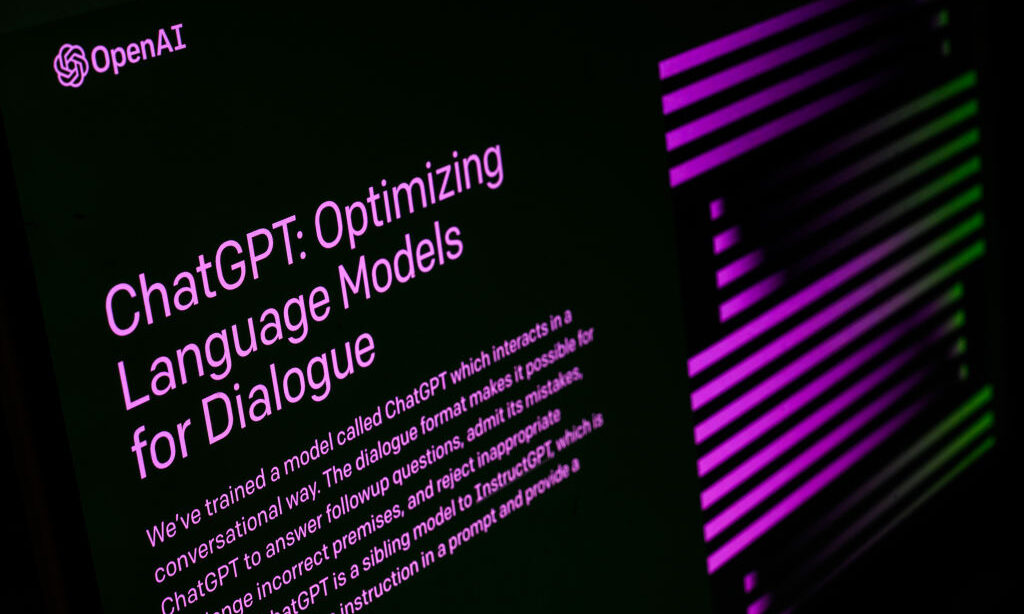8:35
News Story
Growth in artificial intelligence puts pressure on Missouri energy generation
As the use of artificial intelligence grows, so does the technology required to store its data — and the energy that infrastructure consumes.
At a recent forum about “securing Missouri’s energy future,” lawmakers, regulators, lobbyists and advocates discussed the challenge of powering new data centers.
A data center is a physical location that houses internet servers. Large tech companies are making plans to build them across the country. AI data centers use significantly more energy than current data facilities.
“We’re in (a) precarious position,” said Geoff Marke, chief economist with the Missouri Office of Public Counsel. “We don’t have enough generation to meet our load before we start talking about AI data centers coming online.”
Marke and the other energy experts gathered in Jefferson City expressed concern about resource adequacy — whether the state makes enough energy for its own use.
“Historically, at a real macro level … we get most of our energy out of state,” Marke said. “Then we use more energy than we produce in state.”
The energy industry is experiencing seismic change. Coal plants are retiring and renewable generation is coming online. However, its reliance on the sun and wind tend to make it less consistent.
Additionally, increasingly severe weather has negative effects on the grid, which is especially detrimental to a state like Missouri that depends on interstate transmission lines to deliver power. The growing popularity of electric vehicles and increased economic development are also contributing to more energy demand.
“As more solar and wind come online and as more coal goes offline, it’s getting cleaner and it’s getting healthier, but it’s coming at the risk of reliability and being able to maintain enough power to meet demand,” Marke said.
At the same time, tech giants are shopping around for places to build AI data centers. Marke says they’re likely looking for states with sufficient energy generation and tax incentives. Unlike households or businesses that use power at certain times, the energy consumption of data centers is relatively constant.
“Their biggest cost driver is going to be energy,” he said.
Boston Consulting Group analysis shows that data center electricity consumption is expected to triple by 2030 — to 7.5% of total U.S. energy consumption, comparable to the power needs of 40 million households.
In March, Missouri Gov. Mike Parson announced Google will build a new data center in the Kansas City area.
Energy experts anticipate more are coming, and they’re worried it will compound Missouri’s energy shortfall. At the Jefferson City conference, one energy representative said the supply and demand issue surpassed cyber security as the industry’s number one risk.
“All of a sudden this historic amount of potential generation (is) coming online and we don’t have, necessarily, the generation to meet it,” Marke said. “That’s really just a game changer.”
What if AI data centers didn’t have to use so much power? That’s the question University of Missouri engineering professor Chanwoo Park is trying to answer. Park received a $1.6 million dollar grant from the U.S. Department of Energy to research how to reduce the energy load of data centers.
“Roughly half of the energy consumption in a data center (is) actually used by (the) cooling system,” Park said.
According to MU, the U.S. Department of Energy allocated more than $40 million to research ways to cool data centers. Park’s work is funded through the initiative known as COOLERCHIPS.
Park has been researching and developing cooling systems for digital technology since the early 2000s when he finished his Ph.D. and internet activity took off. He said we’re now in an AI boom, and the air conditioning that cools current data centers won’t be able to keep up.
“The air cooling basically can handle so much heat … but this heat will be easily exceeded by AI computer(s), probably by 10 times more,” he said. “So automatically, this air cooling is not an option at all.”
Park is developing a technology that cools computer chips using two phase heat transfer, using both vapor and liquid. He anticipates the method could be in use in the coming decade.
Meanwhile, others are keeping a close watch on how building new power plants to serve AI data centers will impact other electricity consuming Missourians. John Coffman with the Consumers Council of Missouri worries about the longevity of AI and the data centers it requires.
“It’s the risk that they go out of business and then we’re all definitely picking up the tab for the energy that was built or required for that customer,” Coffman said.
In the spring, the Missouri General Assembly considered — but did not pass — a number of policies concerning how the state should manage the forthcoming data centers. Coffman expects the topic to return to the Capitol next year.
“I think it’s important when you’re looking at adding these types of projects to the system that you provide consumer protections to protect the rest of us from having to bail out a project,” he said.
Marke with the Missouri Office of Public Counsel said it’s likely AI and its power hungry data centers are here to stay. But when it comes to internet technology, a lot is uncertain.
“I’m old enough to remember AOL and Yahoo,” he said. “Can I safely say that Facebook is going to be around in 20 years?”
This story originally appeared in the Columbia Missourian. It can be republished in print or online.
Our stories may be republished online or in print under Creative Commons license CC BY-NC-ND 4.0. We ask that you edit only for style or to shorten, provide proper attribution and link to our website. AP and Getty images may not be republished. Please see our republishing guidelines for use of any other photos and graphics.





